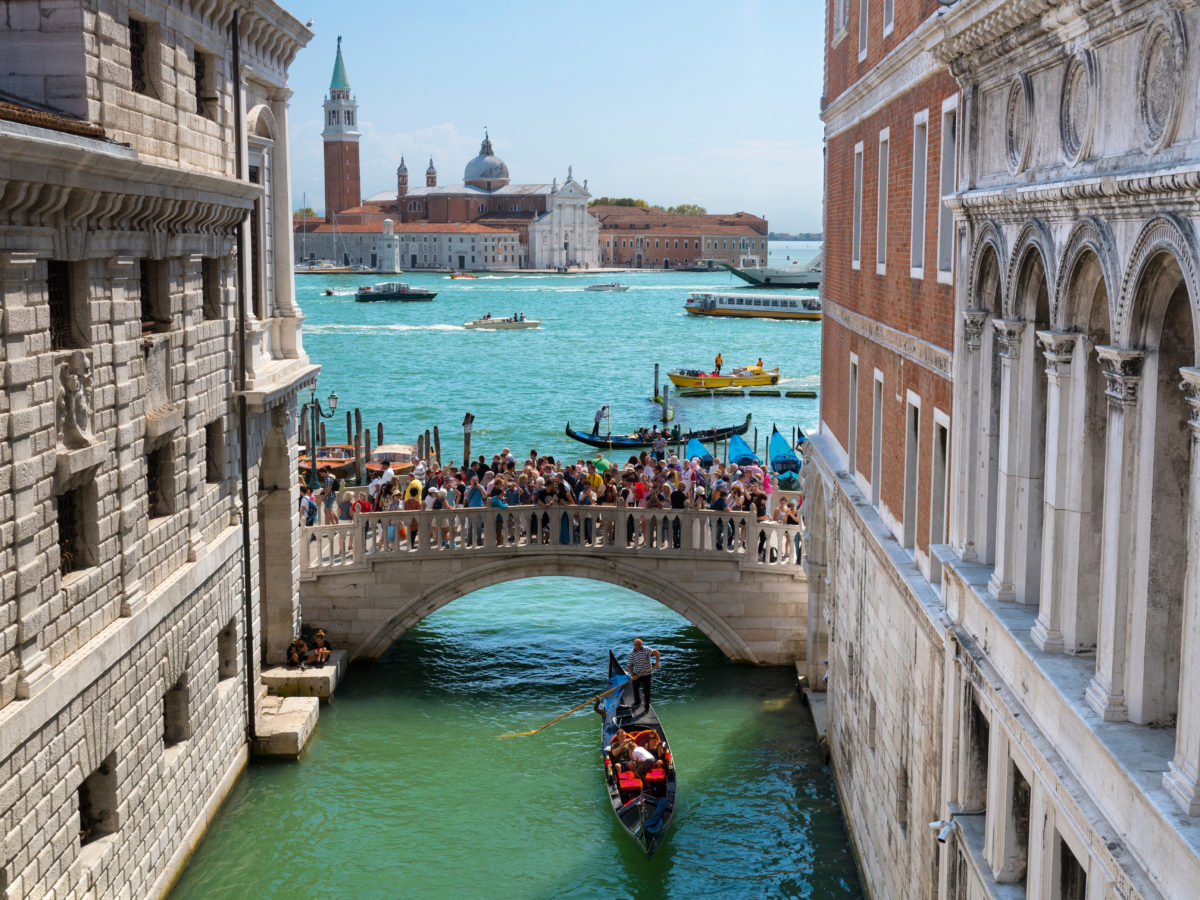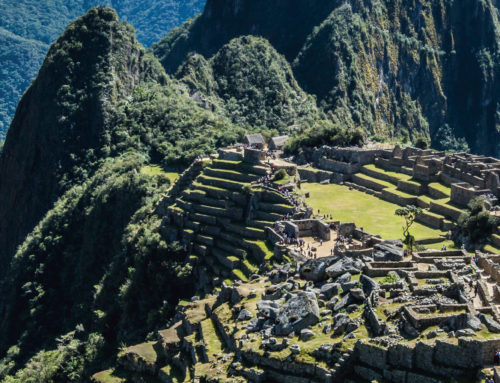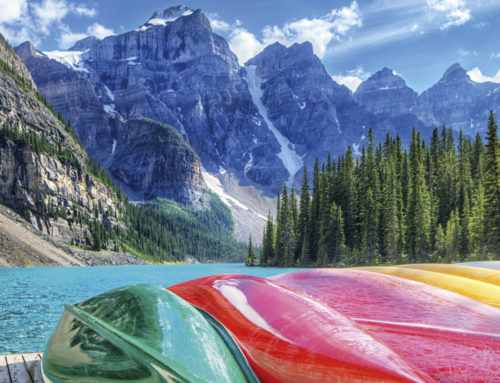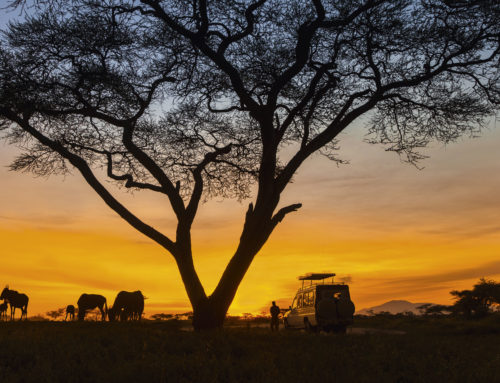According to the UN World Tourism Organisation (UNWTO), international tourist arrivals increased in 2017 by 7% to 1.3 billion and are predicted to reach 1.8 billion by 2030 — compare that to 25 million in 1950. Of course, healthy numbers are important: as the World Travel & Tourism Council (WTTC) states, tourism added almost £6.2 trillion to the global economy (10% of global GDP) and the industry employs around 300 million workers worldwide.
So why is adventure travel particularly affected by overtourism? “Much of it happens in national parks and protected areas,” says Xavier Font, professor of sustainability marketing at the University of Surrey. “Often, employees are experts in conservation, but not tourism management.”
Additionally, strategies for protected areas don’t always feature sustainability, which can affect wildlife and habitats. “It might be shoehorned in,” explains Xavier. “But plans are mostly centred around increasing visitors — not how to manage that increase.” Then, there’s over-promotion. “Before, we went to destinations prepared for visitors. Now, we want undiscovered places — except they’re not always ready.”
The sector has handled this in a variety of ways. The Philippine island of Boracay recently closed to tourists to improve infrastructure, while Machu Picchu splits groups into morning or afternoon visits to spread the load. Uganda raised its gorilla-trekking prices and Botswana introduced tourist taxes to manage numbers and increase revenue. Iceland has been promoting alternative regions, and Norway is encouraging off-season travel to its fjords. In California’s Yosemite National Park, where most of the four million tourists only visit one section, there are limits on hikers to the Half Dome rock formation. Caps on visitors, and parking and traffic controls, are also being considered.
“We need to travel responsibly in the first place; disperse tourists and promote year-round travel,” says Aaron Hocking, regional director EMEA at Intrepid Travel. “For example, we created an alternative, community-centred itinerary to a lesser-visited area in Nepal’s Chitwan National Park.”
It’s a challenge when generations of destinations, tourist boards, operators and media have been promoting the same places, creating a narrative of ‘must-see’ travel and top 10s. But with many travellers seeking different, ethical experiences, the market exists for alternatives. “Innovative product development is key to managing overtourism,” says Hocking. “We need to promote offbeat itineraries, smaller groups, off-season travel and ditch this ‘best season to visit’ thinking.”
As Tom Jenkins, CEO of the ETOA (European Tourism Association), says, “Overcrowding is inherently self-policing. If travellers don’t want crowds, they learn not to travel at peak times. People also do what destinations permit. Turismo de Portugal promoted cycling and walking trails; they’ve seen revenue grow faster than visitor numbers. Fáilte Ireland’s regional strategy has reaped success with the Wild Atlantic Way.”
Then there’s the issue of money. “Often, there’s little understanding of how to effectively fundraise from tourism,” says Xavier Font, “It’s particularly problematic in developing countries where the income generated by some parks is so little, it doesn’t even cover visitor impact.” Travellers have a supporting role too. “£50 to enter a national park would be considered too much,” he says, “yet we don’t blink at paying £100 to stay in a private hotel. There’s a feeling of entitlement to see open land.”
He gives the example of the Caribbean island of Bonaire where there’s a tax on refilling oxygen tanks. While the government can’t control where diving takes place, they can control where oxygen is purchased; and those tourist pounds are invested in marine protection. It’s transparent and accountable.
As the world gets richer, new middle classes from China (the largest single travel group), Russia and India have increased tourist numbers. China Outbound Tourism Research Institute (COTRI) forecasts that 400 million Chinese residents will travel by 2030; from 10.5 million in 2000 to 145 million in 2017 is already a 1,380% increase.
Tourism has the power to do good; it’s a huge employer and for some people in certain destinations, it’s their only viable livelihood. While there’s no one-size-fits-all solution to overtourism, the objective is shared: to ensure it’s managed via
new, sustainable ways. To ignore this runs the risk of goodwill turning to anti-tourism.






